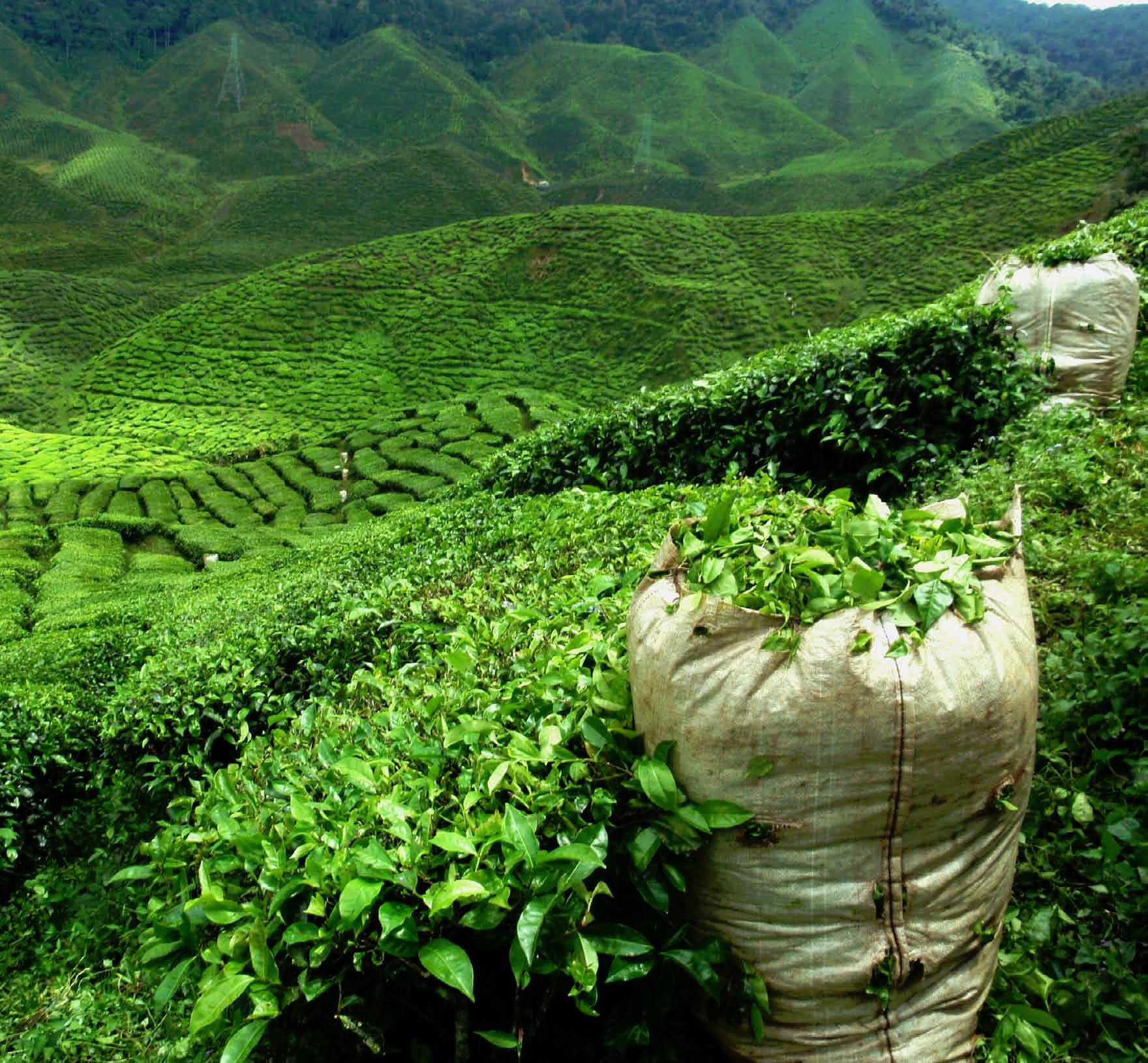
This Kenyan tea and coffee producer has paved the way to growth with diversification into retail and is cutting costs by generating its own electricity.
Just look at the international growth of chains such as Starbucks and it seems that coffee has entered a truly golden era. In the 12 months to September 2011, world coffee exports increased by 9.4 percent to a historical record of 103 million bags – or over 6 million tonnes!
Two thirds of this comes from South America, which means that the contribution from Africa in general and Kenya in particular is in the minority. Nevertheless, it must be a worry for the Kenyan economy that while demand is booming, Kenya’s coffee industry is not capitalising to the full extent.
For some years now, the trend in production has been heading south. In the period in question, output fell a massive 30 percent to just 19,600 tonnes. At the root of the matter are depressed prices. Last year saw something of an improvement with average prices of US$6.61/kg compared to $3.91/kg for the year before, but add low prices to erratic climatic conditions and the end result is that small growers are abandoning the crop at an alarming rate. Compared to an all-time high of 170,000 hectares under cultivation, the figure now stands at 150,000 ha.
Within this overall gloomy picture, though, there is at least one bright spot. Sasini is one of Kenya’s leading producers of coffee and tea. In fact, through a network of subsidiary companies, Sasini has also developed markets in dairy livestock, horticulture and tourism, generating revenues of over KSh2.6 billion. From its headquarters in Nairobi, it controls operations in all parts of the country and is an important contributor to the economy through the 5000 direct and indirect employees it engages.
In fact, Sasini is one of the elder ‘statesmen’ of the Kenyan economy and is certainly one of the longest standing companies on the Nairobi stock exchange. The business started in 1952 while Kenya was still a British colony. Queen Elizabeth was actually in Kenya when she learnt she had become queen on the death of her father. From the original one farm, the operation grew rapidly and by 1960, it had gone public.
Currently Sasini is focused on adding value to the various divisions of the business, implementing systems that improve the quality, quantity and value of products for the future. For example, once the coffee beans are harvested they pass through Sasini’s own mill – generally considered to be one of the most modern and productive in the country.
In order to create a sustainable business and cut down on energy consumption, Sasini is taking electricity generation into its own hands. Last year, the company successfully applied for funding from the Energy and Environment Partnership Programme for the development of a micro-hydro power generation project. It also plans to convert the coffee husks into briquettes that can then be burnt to feed thermal generation. The programme is funded by the governments of Finland and Austria through the Development Bank of South Africa and has the primary aim of helping to eradicate poverty through ecologically sustainable development projects.
While the West is in love with coffee, the drink of choice in the East is tea. Demand has pushed prices up through the past five economically depressed years and there has been a steady rise in global production that has so far failed to outstrip demand to the point where last year an estimated four billion kilogrammes of tea were produced.
The prospects for farmers seem bright. The steady urbanisation of China (in particular) is reducing the amount of land under cultivation in Asia and opening more opportunities for other countries to take up the slack. Having said that, erratic weather patterns are not helping and overall tea production in Kenya is expected to be down thanks to the lack of rain in the early part of the year.
Sasini’s tea operations are conducted through the Kipkebe subsidiary which controls two large tea factories with a combined capacity of 8.5 million kgs of CTC tea annually. Two thirds of this comes from Sasini’s own farms while the balance is bought from independent growers.
Sasini’stea is grown in estates located west of the Rift Valley, in the Nyanza Province where climatic conditions are at their best. The estates are at an average altitude of 6000m above sea level and fall between the equator and 10° S latitude. Average annual rainfall is in the region of 1600mm, ideally spread over virtually the whole year.
Having established the right conditions and infrastructure needed for its agricultural endeavours, Sasini has turned its attention to growth through finished products. Rather than simply providing a commodity product subject to the whims of an international market, it has created a retail division to manage the marketing of its tea and coffee on the local scene.
Sasini has made an initial investment of KSh100 million to be spent on value addition. It has developed a range of tea and coffee brands with varying prices with the aim of having something to suit all tastes and budgets. Periodically, new brands are launched to keep the range fresh and in line with market demands.
Sasini has even entered the service end of the retail spectrum. It’s no stranger to the hospitality industry as it has an interest in some of Kenya’s leading tourist destinations. Now it has added and expanded the Savannah Lifestyle coffee lounges to its portfolio with seven outlets strategically located to serve both visitors to some of Nairobi’s attractions and members of the indigenous managerial classes working in some of the city’s most illustrious buildings.
Activities such as these are seen by the directors of Sasini as the way for all developing countries to go, to create wealth within their own borders rather than simply exporting raw commodities.
Written by Alan Swaby, research by Paul Bradley
DOWNLOAD
 Sasini-EMEA-Nov12-Bro-s.pdf
Sasini-EMEA-Nov12-Bro-s.pdf












